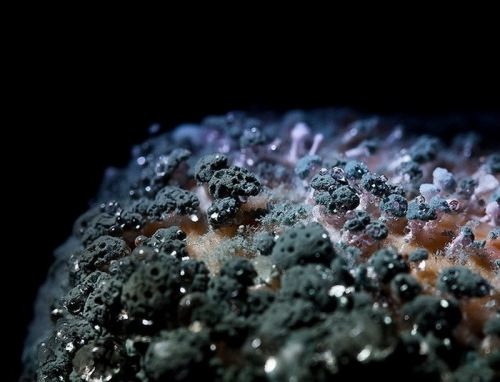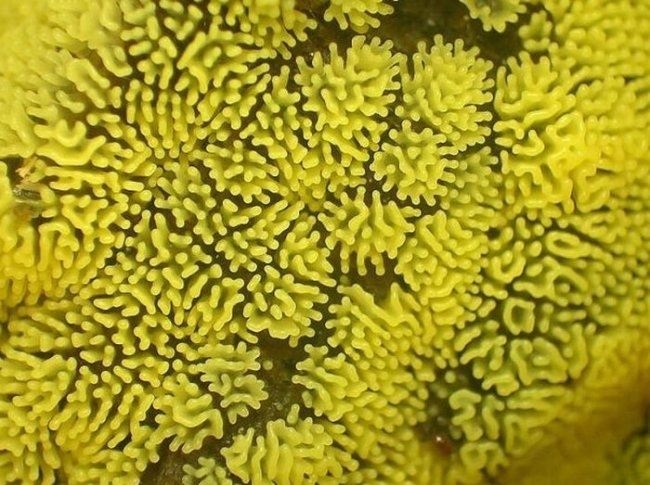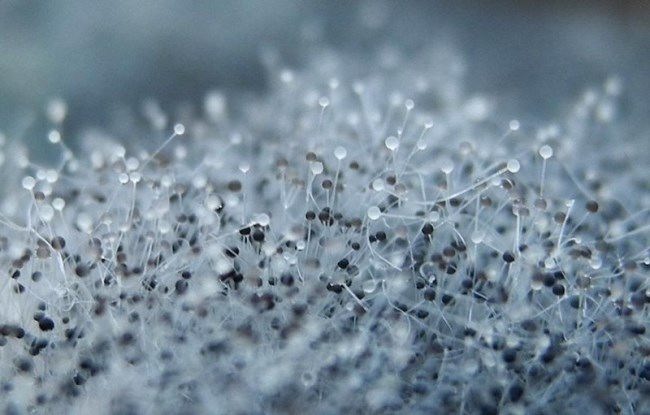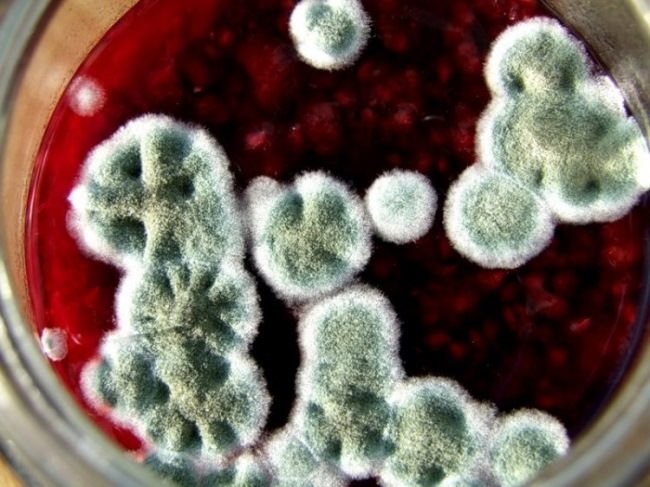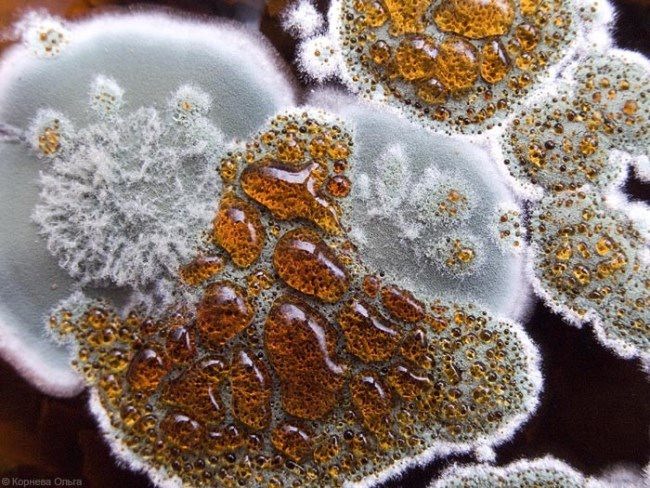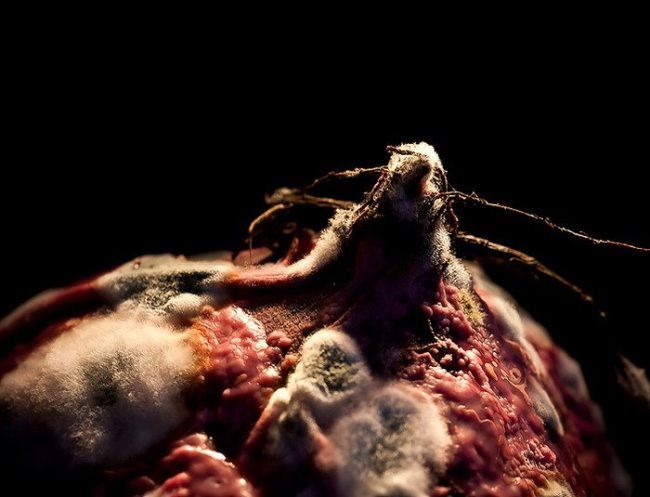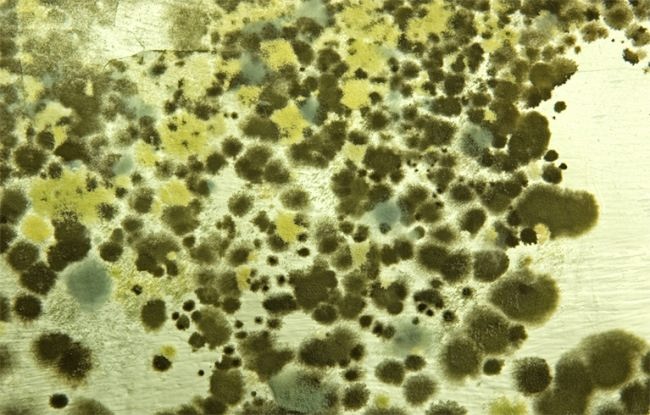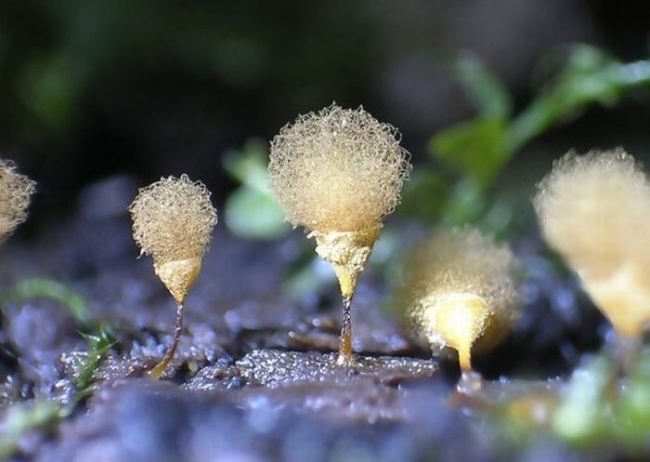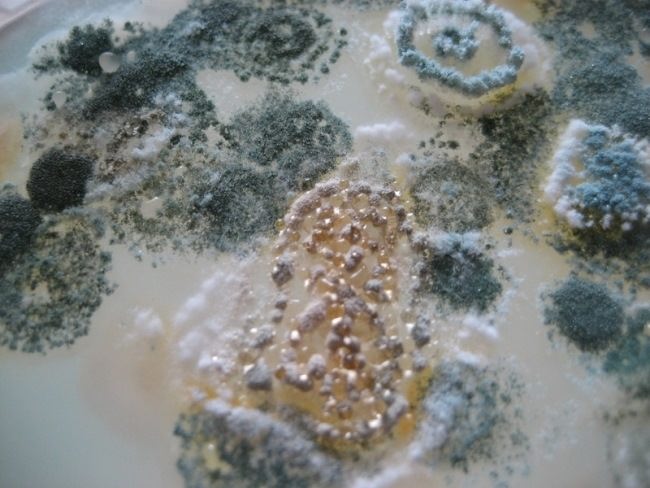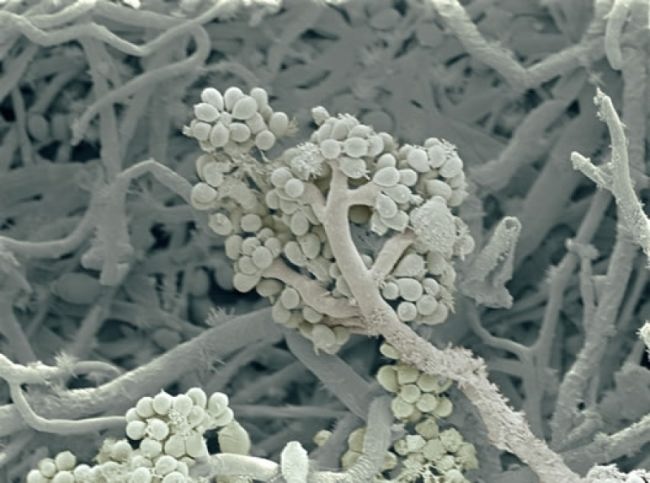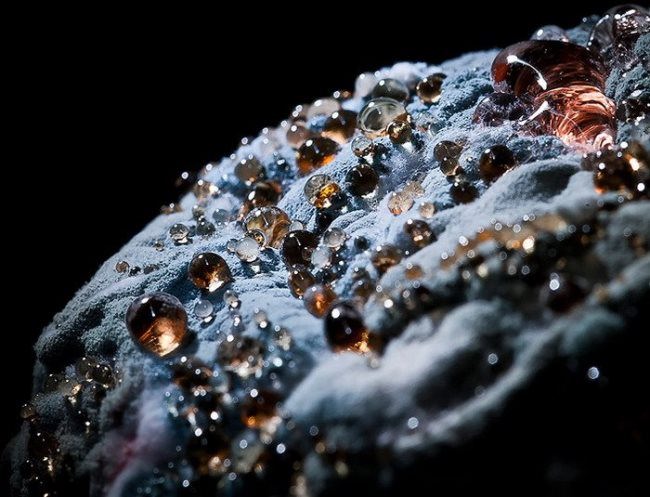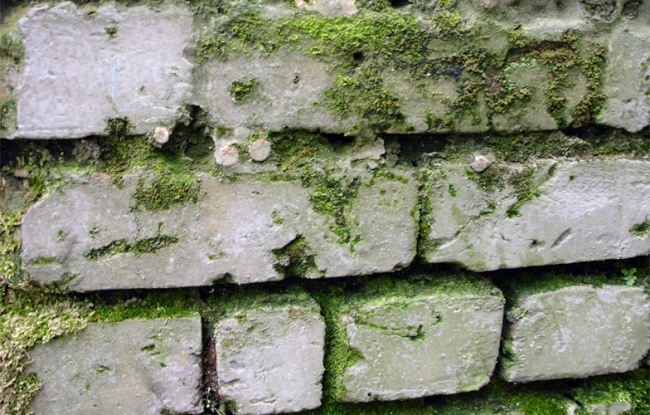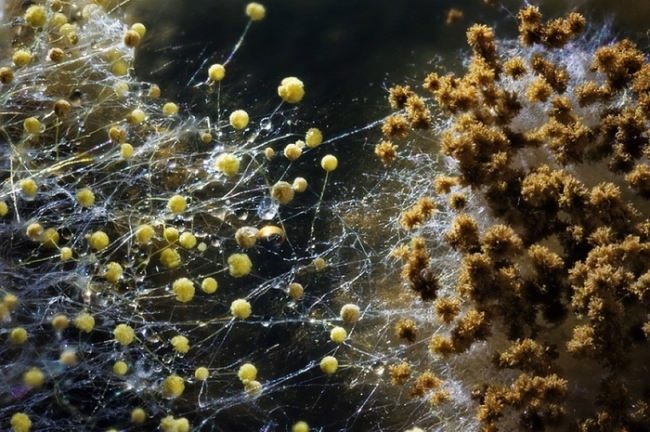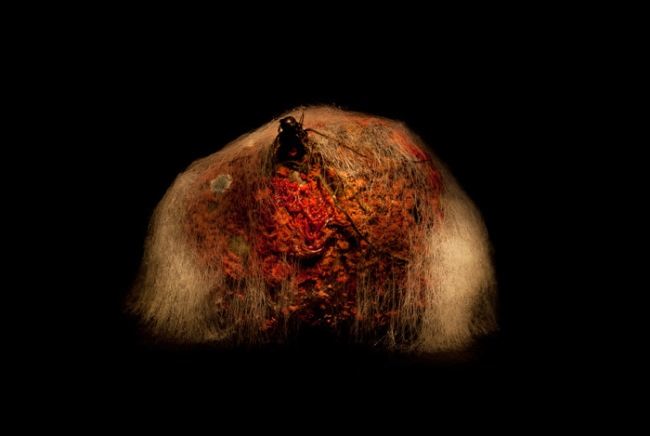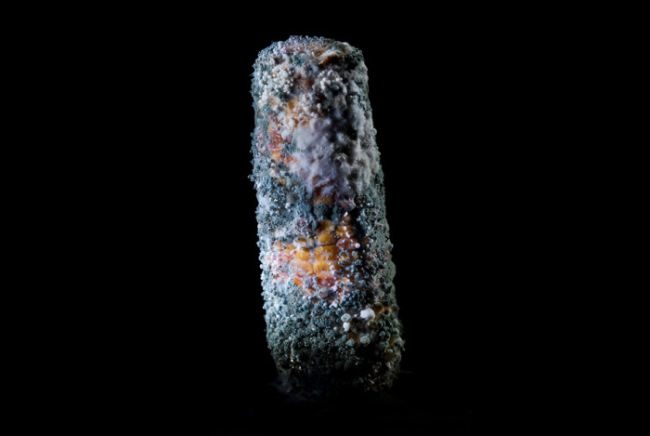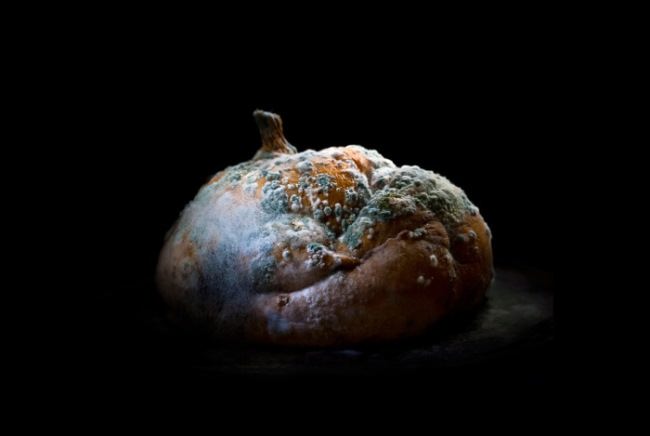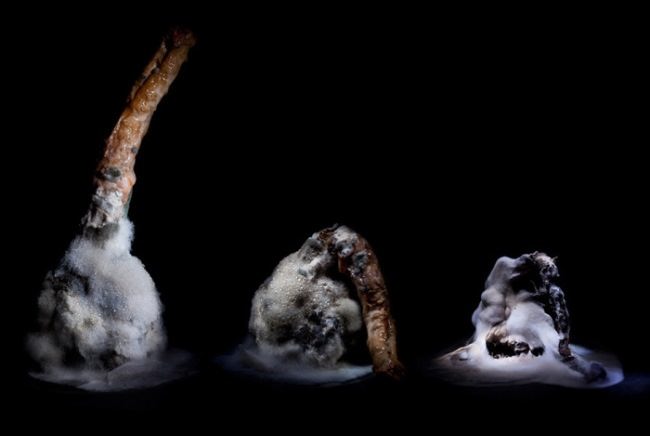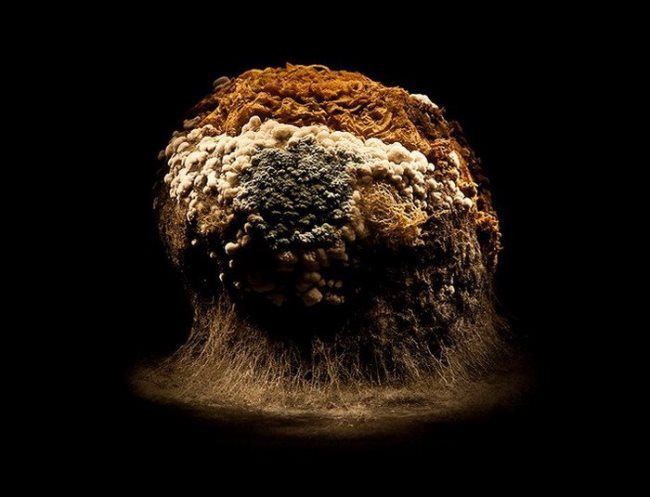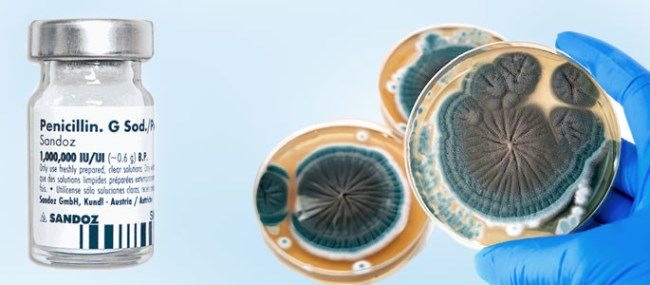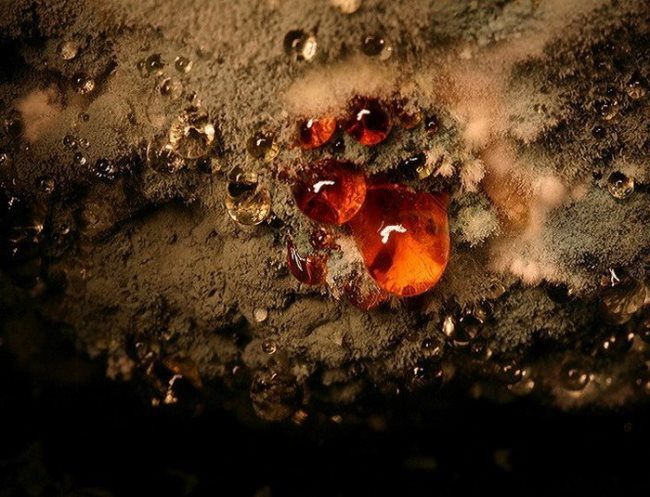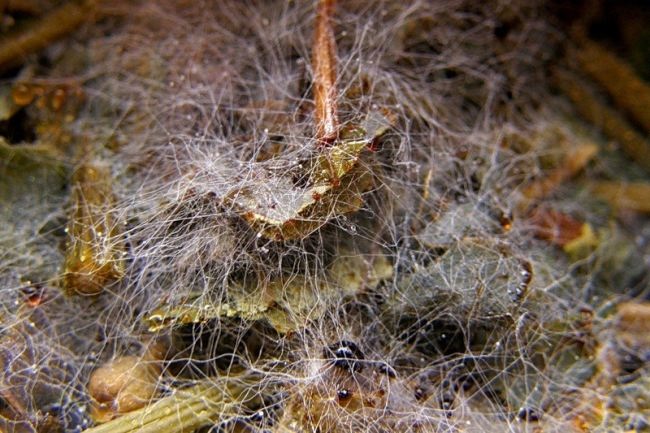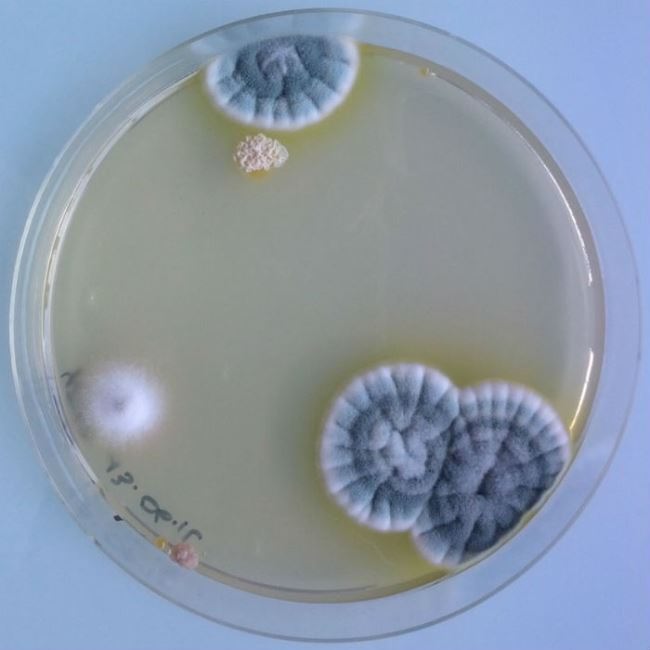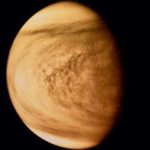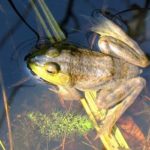Damned and Blessed Mold
It appeared on Earth 200 million years ago. Since then it is killing and … saving from death. It is called the “bread of Devil” and the “spit of God”. It is fabulously beautiful, but it also disgusts. It is omnipresent and ineradicable. It accompanies a person from birth to death. Perhaps it is a keeper of life on Earth, but it can turn into a plague of the XXI century. And we do not even guess what ancient secrets and hidden forces are stored in this damned and blessed mold.
Molds are fungi that are microscopic in size. They are eukaryotic organisms. Molds grow indoors and outdoors, and can grow year-round. They are important in the natural environment because they hasten the decomposition of organic material such as fallen leaves and dead trees. For humans, the molds can cause allergic reactions.
Its dark spots are most often found in warm and humid places: in the kitchen, in the bathroom, in the toilet. The appearance of mold is an alarming signal for people: it means that everything is not all right in the house. In the Quran it is said that if your house was struck by black mold, then you had to burn it and leave the place.
Molds reproduce by releasing spores, which can float through the air. The many types of mold all require a moist surface for growth.
A mold called Rhizopus produces fumaric acid, which can be used in the production of the drug cortisone. Other molds can produce alcohol, citric acid, oxalic acid, or a wide range of other chemicals. Some molds growing on food are believed to cause cancer. A number of toxic molds grow on straw and are responsible for diseases of livestock.
Aspergillus flavus has been safely used for many centuries in China in the production of various cheeses and soy sauce. Aspergillus terreus is used to manufacture icatonic acid, which is used in plastics production.
The Penicillium mold is used in the production of antibiotics. Its unique characteristic is the capacity to survive at low temperatures. The anti-bacterial qualities of penicillin were originally discovered in 1929 by Sir Alexander Fleming, who was awarded Nobel Prize in Biology and Medicine in 1945.
Mold is amazingly survivable. A huge amount of it was found at the site of the Chernobyl reactor explosion. Radiation has a beneficial effect on its growth. The mold was found in the ice of Antarctica. When, as an experiment, capsules with spores of Penicillium, Aspergillus and Cladosporium were attached to the orbital station, it was found that the mold survived, being a year and a half in open space, and became even stronger, more stable and more aggressive. So, if our planet turns into a dead wilderness as a result of a nuclear war or other cataclysm, mold will remain its sole and absolute master.
Damned and Blessed Mold
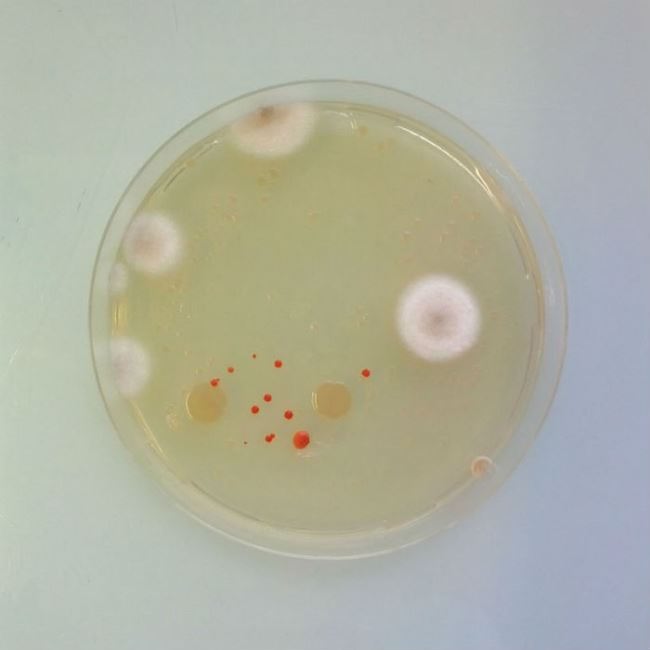
The French experimenter Antoine Bridier-Nahmias proposes to look for a beauty where no one has ever tried before
